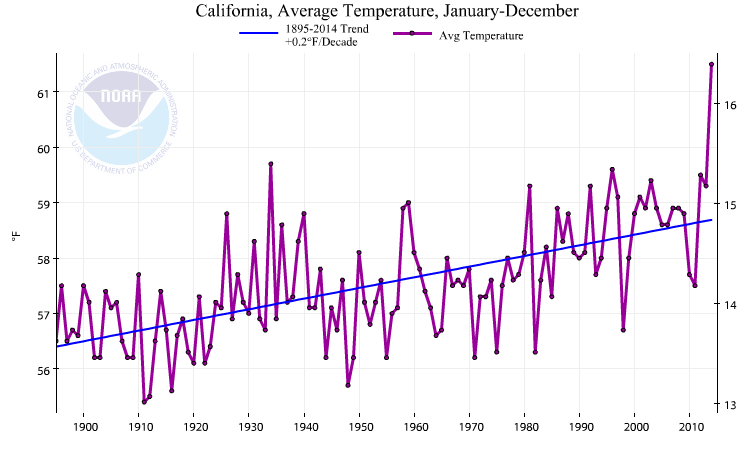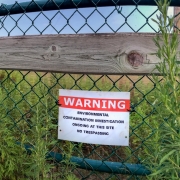Where Are Lead Service Lines? Look for Older Homes and Poverty
The GAO uses demographic and housing data to analyze the location of lead service lines.

A home in Flint, Michigan, whose water crisis refocused national attention on lead pipes. Photo © J. Carl Ganter/Circle of Blue
By Brett Walton, Circle of Blue
The U.S. Environmental Protection Agency can do more to help water utilities and the public identify neighborhoods that are more likely to have lead drinking water pipes, according to a Government Accountability Office report.
The GAO, a watchdog agency that works for Congress, concluded that the EPA has not met the requirements of a 2016 law intended to improve the agency’s public communication of lead pipe risks.
In written comments to the GAO, David Ross, the EPA assistant administrator for water, said that the agency “disagrees with many of the findings” and rejected three of the GAO’s four recommendations. Ross said the EPA could not elaborate because the agency is still finalizing revisions to federal rules for lead in drinking water that it expects to publish by the end of the year.
Older homes and poverty are indicators that lead service lines may be present, the report found. By combining demographic and housing data from the Census Bureau with geospatial data on the location of lead service lines the GAO found some striking correlations that identified neighborhoods at risk.
In Cincinnati, for instance, the analysis showed that Census tracts where the median year of home construction was 1939 or earlier and the poverty rate was above the city average, there was a 63 percent chance a home had a lead service line. In tracts with homes of the same age but where the poverty rate was below the city average, the chance of a home having a lead service line was only 30 percent.
The results were consistent across the four cities in the report. In addition to Cincinnati, the GAO used lead service line data from utilities serving Pittsburgh, Providence, and Rochester. These cities had completed detailed inventories of lead service lines in their districts. The Pittsburgh Water and Sewer Authority displays its data on a publicly accessible map.
The EPA still uses 1991 guidance for identifying sites with a high-risk of having lead service lines. The GAO recommended that the agency update the document with information about how to use Census data as a predictive tool. The EPA, however, disagreed with this recommendation.
The EPA is lagging in other ways, the report found. The Water Infrastructure Improvements for the Nation Act, which was signed into law in 2016, required the agency to develop a strategic plan for addressing lead in drinking water systems. The agency’s plan falls short, the GAO argues, because it does not include public education, technical assistance to utilities, and risk communication. The EPA disagreed with the recommendation to expand its strategic plan.
Utility officials who were interviewed for the report had different reactions. They said the GAO’s analytical methods were quite helpful. One official said that the correlation between the age of housing stock and poverty could guide utilities whose recordkeeping of lead service line locations is not as detailed as the four cities profiled by the GAO.
There are other factors influencing the presence of lead pipes that the GAO could not account for in its analysis. Utilities, for example, may be more likely to replace lead service lines following a water main replacement.
The report was prepared at the request of Democrats on the House Energy and Commerce Committee.
Brett writes about agriculture, energy, infrastructure, and the politics and economics of water in the United States. He also writes the Federal Water Tap, Circle of Blue’s weekly digest of U.S. government water news. He is the winner of two Society of Environmental Journalists reporting awards, one of the top honors in American environmental journalism: first place for explanatory reporting for a series on septic system pollution in the United States(2016) and third place for beat reporting in a small market (2014). He received the Sierra Club’s Distinguished Service Award in 2018. Brett lives in Seattle, where he hikes the mountains and bakes pies. Contact Brett Walton













The correlation with poverty could well reflect a correlation between property ownership versus tenant occupancy.